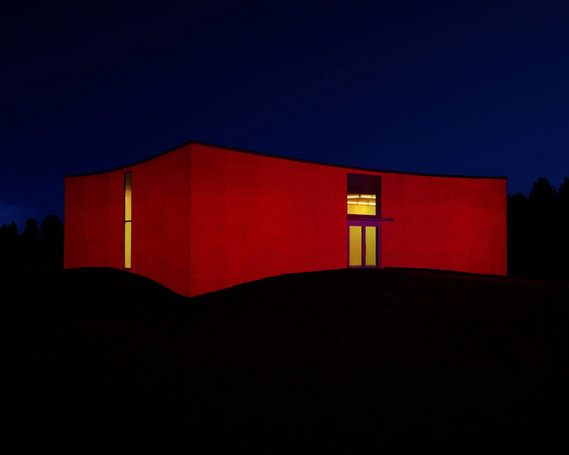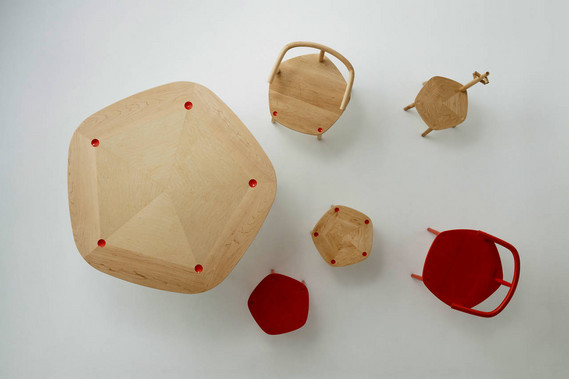Aspects of Aalto - exhibition blog
Aspects of Aalto
Exhibition blog
Exhibition blog
Alvar Aalto is the best-known Finnish architect of his generation and a chief proponent of a human-centred modernism. With »Alvar Aalto – Second Nature«, the Vitra Design Museum is presenting a major retrospective exhibition on this legendary architect and reveals many new aspects of his oeuvre. Parallel to the exhibition, on this blog we engage in interviews, conversations, show films and highlight various aspects of Alvar Aalto.
»The influence of Aalto
is still to come«
is still to come«
An interview with Kenneth Frampton
Kenneth Frampton (born 1930) is Ware Professor of Architecture at New York’s Columbia University and a leading architectural historian and critic of our time. In the 1980s – the heyday of postmodernism – Frampton significantly developed the theory of »critical regionalism«, an architectural movement among whose protagonists he also counts Alvar Aalto. This interview was conducted for the Vitra Design Museum's exhibition »Alvar Aalto - Second Nature« (26.09.2014 - 01.03.2015) by Eeva-Liisa Pelkonen, a Professor of Architecture at Yale University and a leading researcher on Aalto's geopolitical influence.
»Aalto is everywhere «
Three questions for Claesson Koivisto Rune
The Stockholm-based studio of Mårten Claesson, Eero Koivisto and Ola Rune is one of today’s most prolific – and acclaimed – Scandinavian design practices. In the tradition of the Nordic masters, Claesson Koivisto Rune practice both architecture and design, with all three members having undergone formal training in the two disciplines. The trio was invited to speak at the Vitra Design Museum as part of the events programme for »Alvar Aalto – Second Nature«. Prior to their visit, we got the chance to pose three questions to Mårten Claesson:
Do you remember when you came across Alvar Aalto’s work for the first time and in which way it may have had an effect on you?
I would suggest that for all Scandinavians, it would be difficult to pinpoint an exact moment in time when you encountered Alvar Aalto’s work, since it is just so omnipresent. Even in the rest of the world, he is known as one of the four great architects of the modern era, and in Scandinavia, especially his furniture, his chairs and stools, are just part of the everyday. However, I personally had a very fateful encounter with Aalto: I don’t come from an architectural family, but my neighbour, an elderly lady, was a Finnish architect who had worked in Alvar Aaltos office. As a child I spent many hours at her house, listening t her speak about architecture and design, and of course also about Alvar Aalto. It was that experience that propelled me into the profession.
Would you say that there exists something like a Scandinavian design aesthetic, or a Scandinavian design ethos, and how would you describe that?
As someone who was raised in Scandinavia and works there, I feel that it is a very difficult question to answer. I have found that outsiders often can describe this better, but I will give it a try. I think that as a society, the Nordic countries are very democratic, and place a high emphasis on this value. Also, we live in a very frigid environment, we spent a lot of time inside and crave warmth and comfort. When you combine these two factors, it is not surprising that modernism in Scandinavia took on a more “humane” form that in other countries, were architecture and design have – both figuratively and literally – a “warm” quality. Even today, where people and information travel fast and everywhere, architectural and design culture in Scandinavia is still underpinned by this phenomenon.
Many descriptions of the work of your studio also suggest that it harnesses a Scandinavian design aesthetic …
I can’t really put my finger on it. But I think there are two aspects that may be at the root of this. Firstly, we do practice architecture and design, just like Aalto and a number of other Scandinavian designers did. Secondly, we don’t want our work to be a statement. Like I said earlier, at the basis of our design approach is still that humane quality, even if we may not always be conscious of it.

